

Kingdom of Araucania & Patagonia
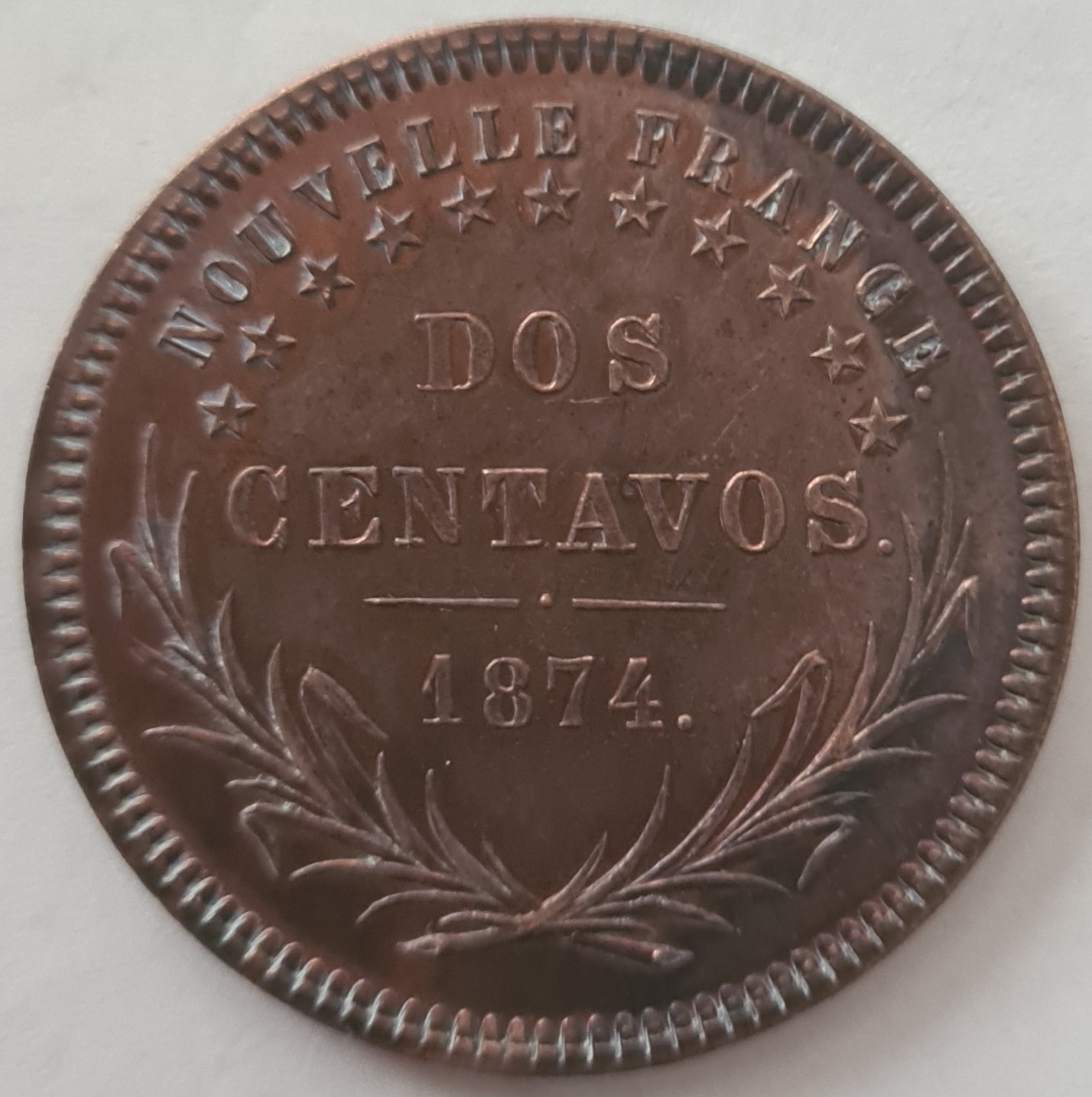
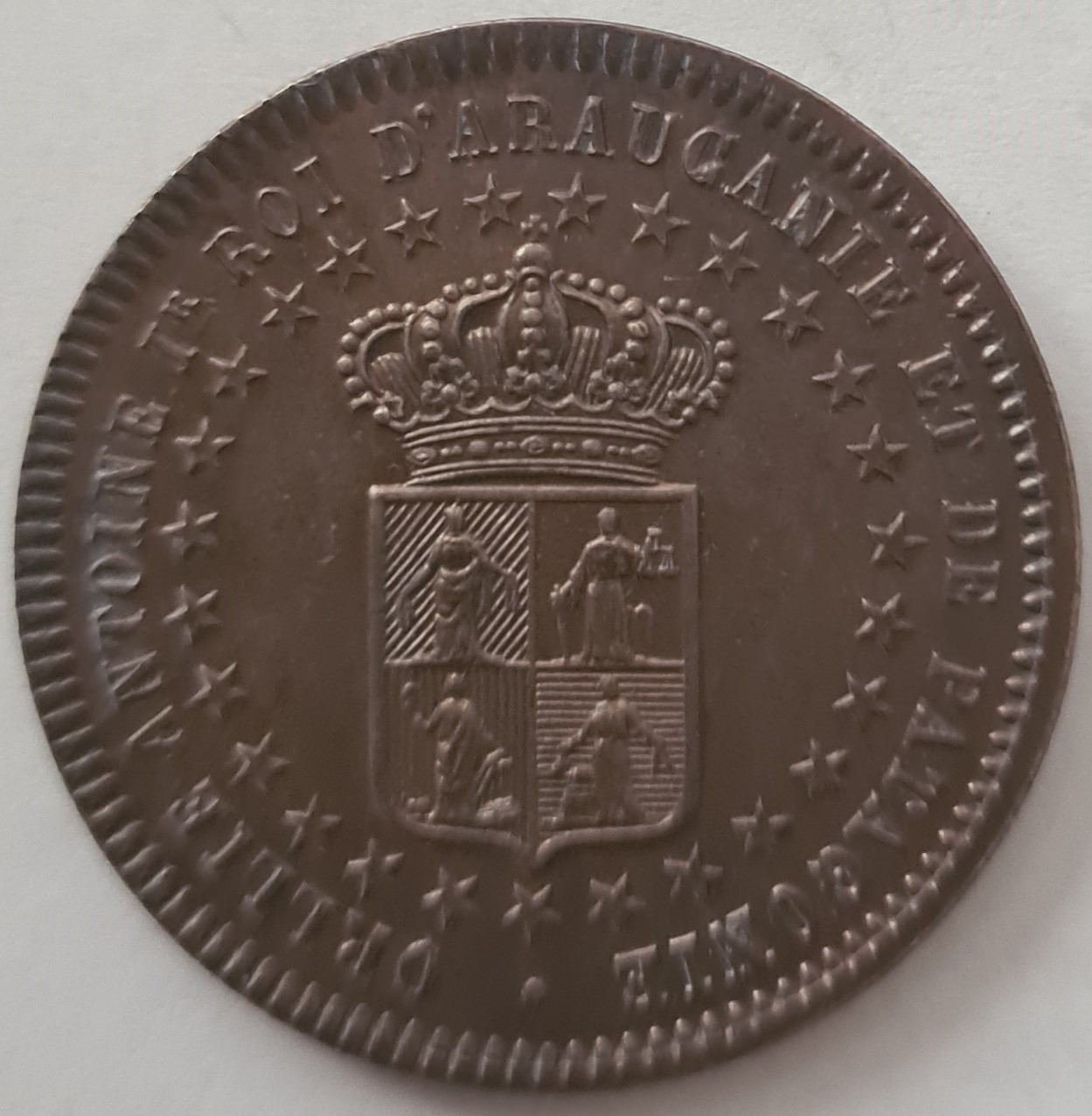
point after France
height of the letters of “Nouvelle France”: 1.7mm
height of the letters of "CENTAVOS": 2.2mm
diagonal line of the number 4: open
11 stars exceeding the Nouvelle France inscription
This is in any case the first original period piece, because it corresponds perfectly to the drawings below, published in 1875 in the Revue Belge de Numismatique.
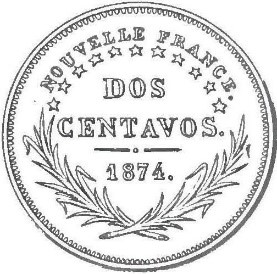
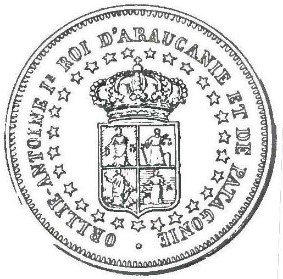
This assumption is understandable, because all the preparations for this third trip had been made in England with the assistance of English merchants and bankers. If the piece had been made in Brussels, the authors of the review would have known about it.
Through the existing parts on the market we can conclude that a significant quantity of parts must have been produced, because we can see that the die degraded as production progressed.
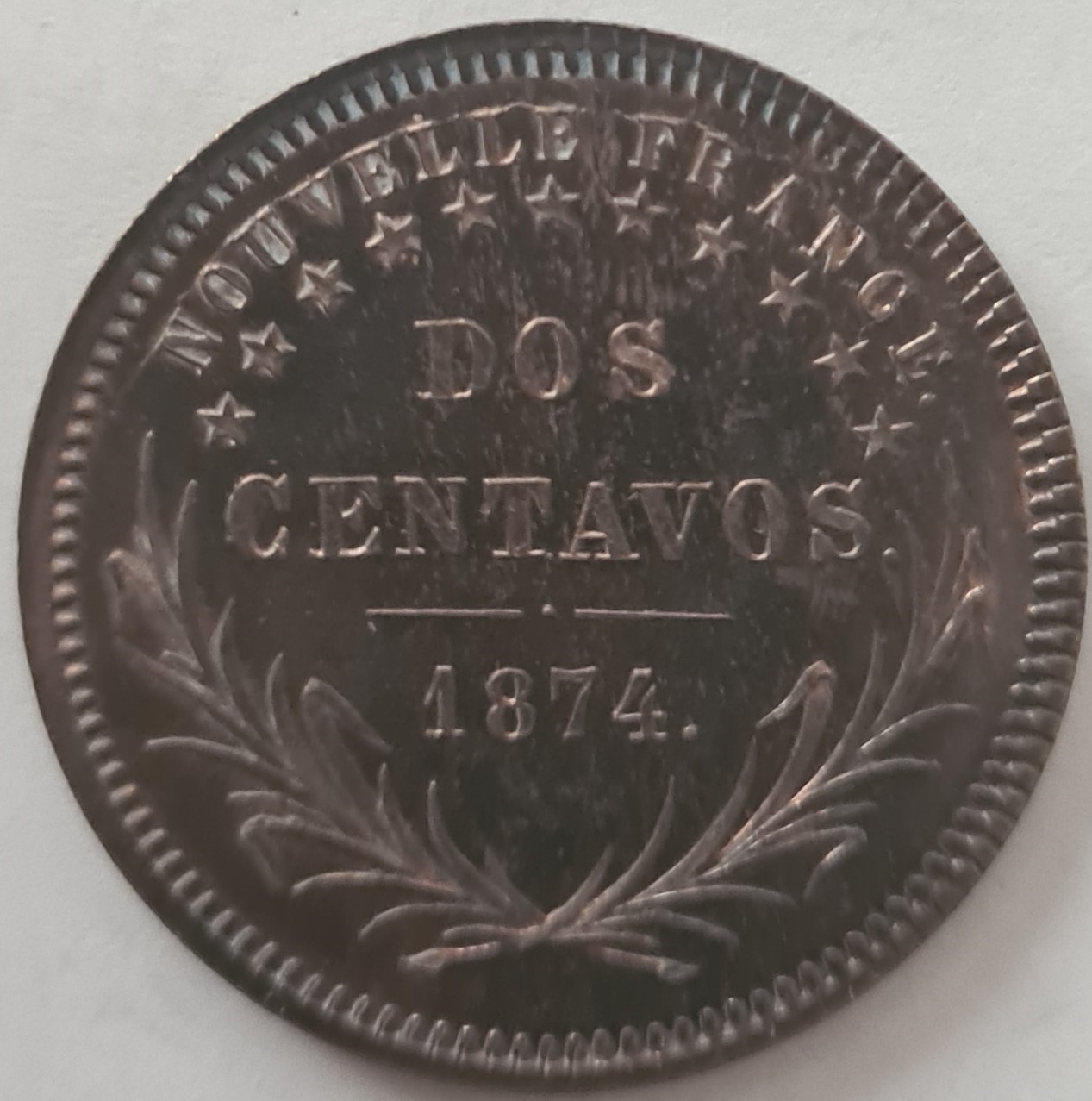
At this time the slice is still perfectly flat:
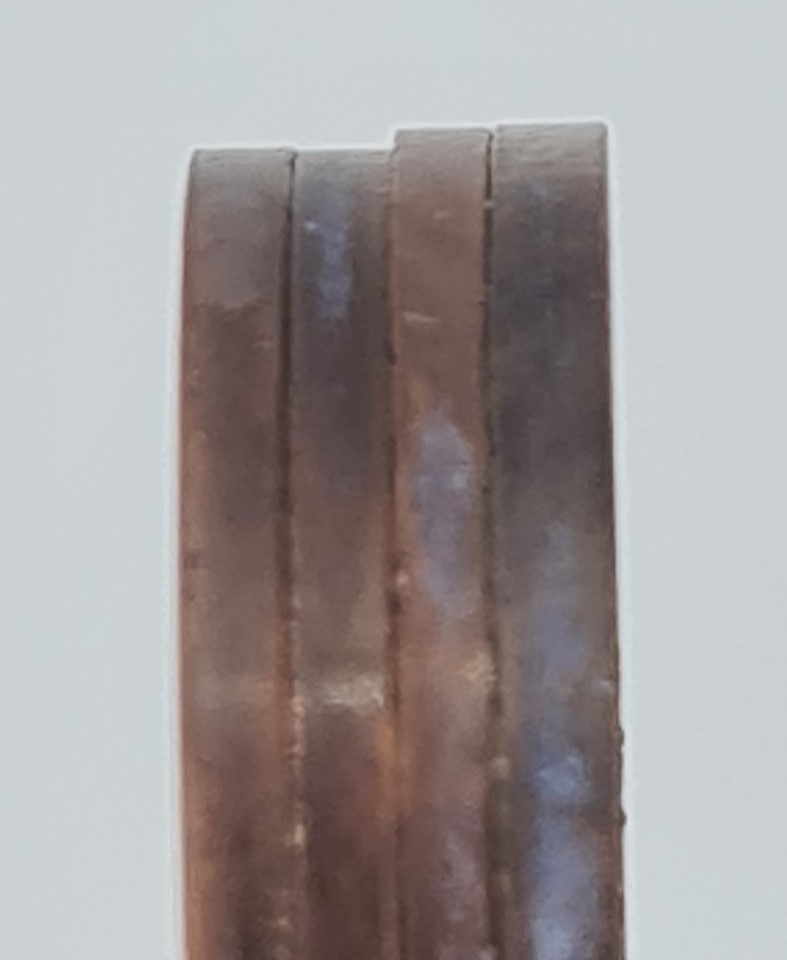
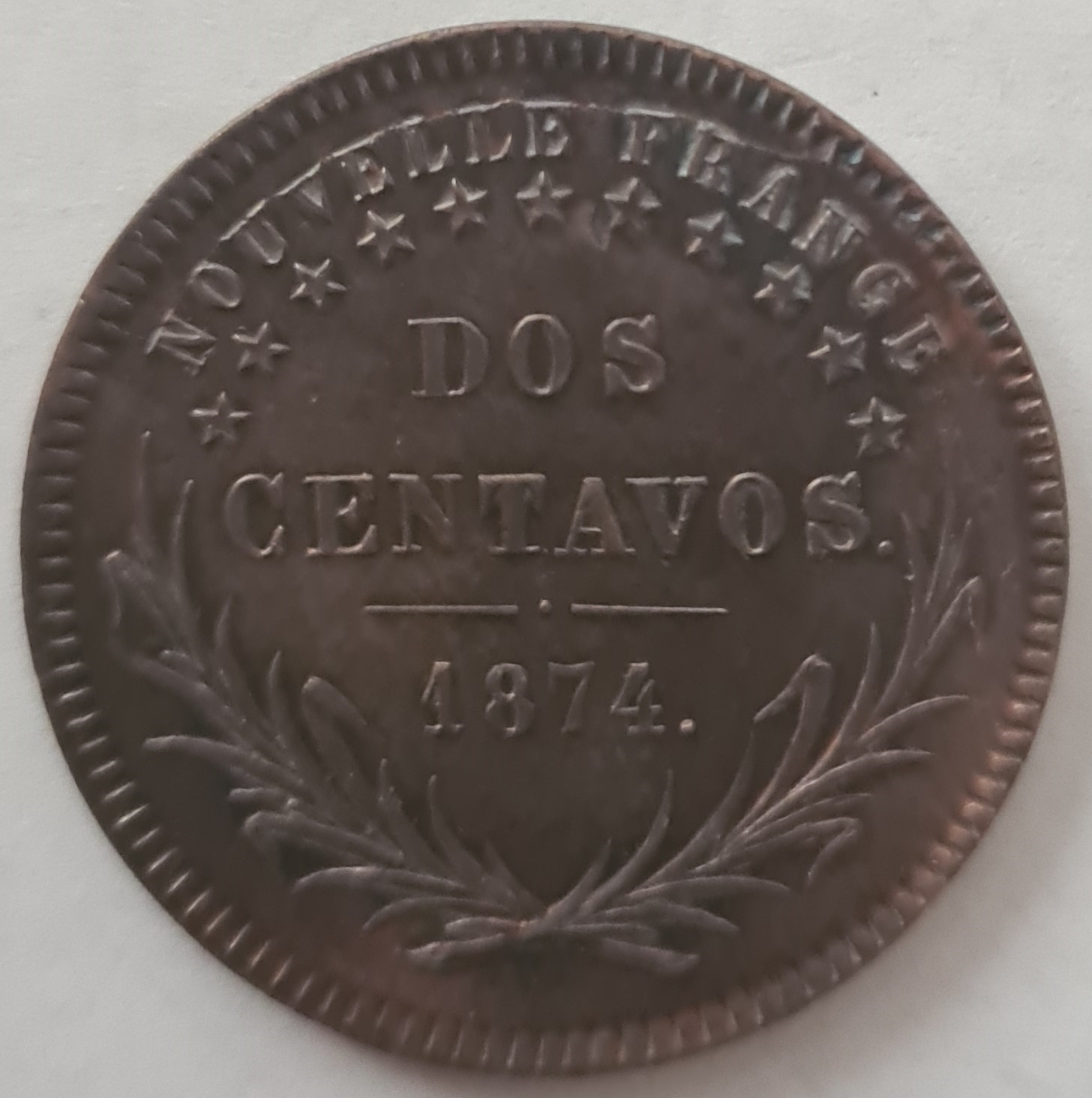
However, production continues and the die is deteriorating more and more

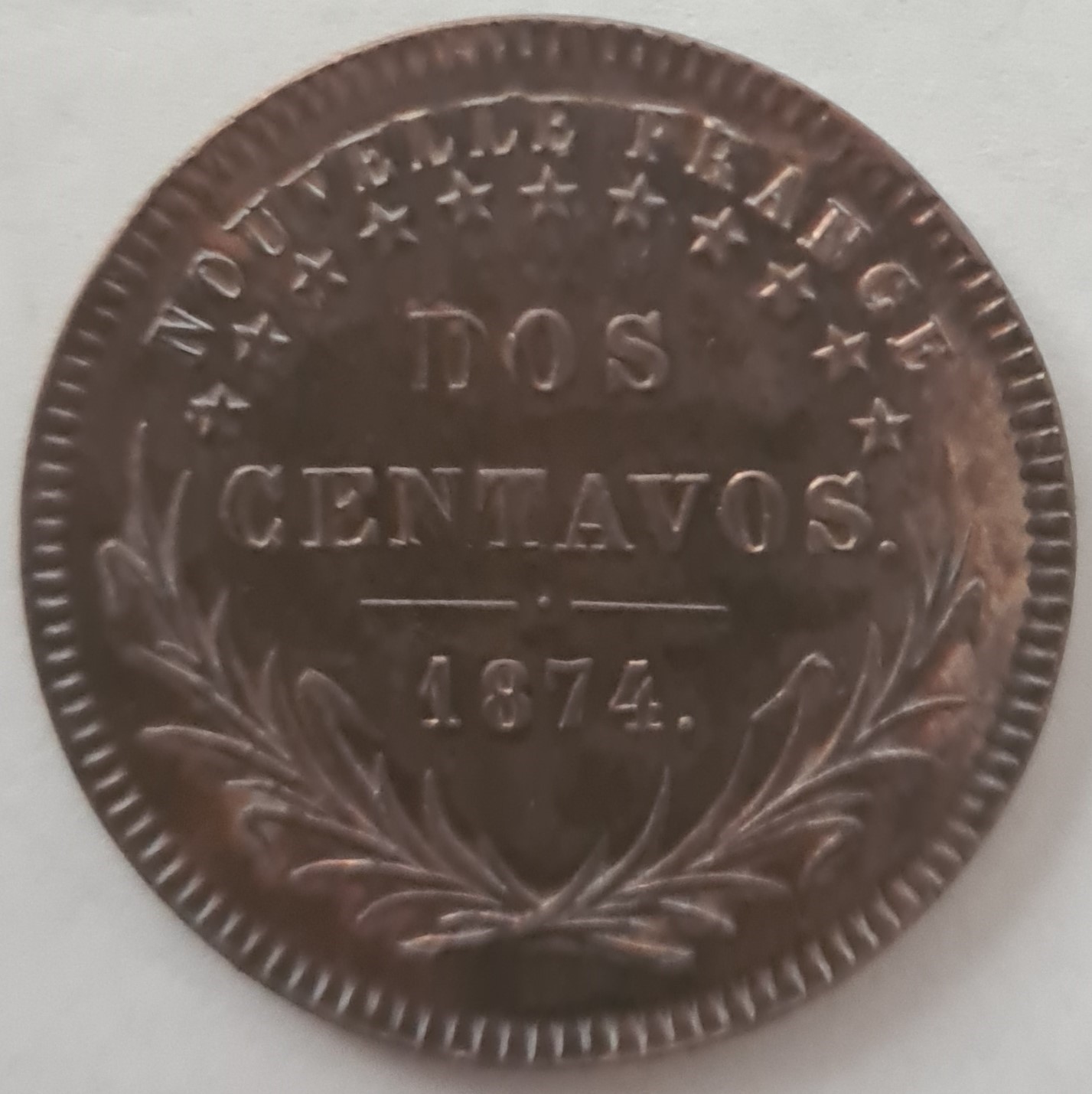
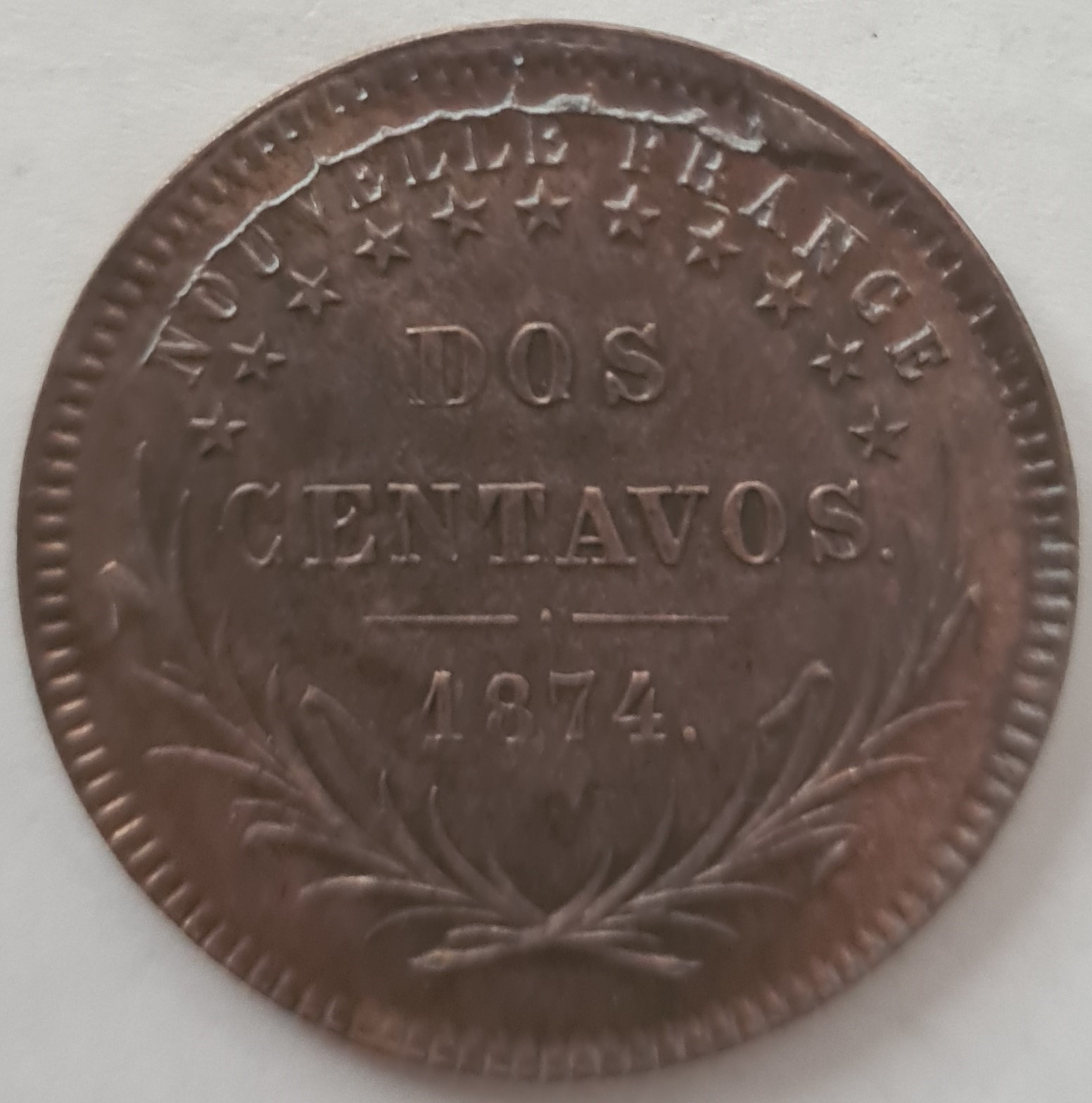
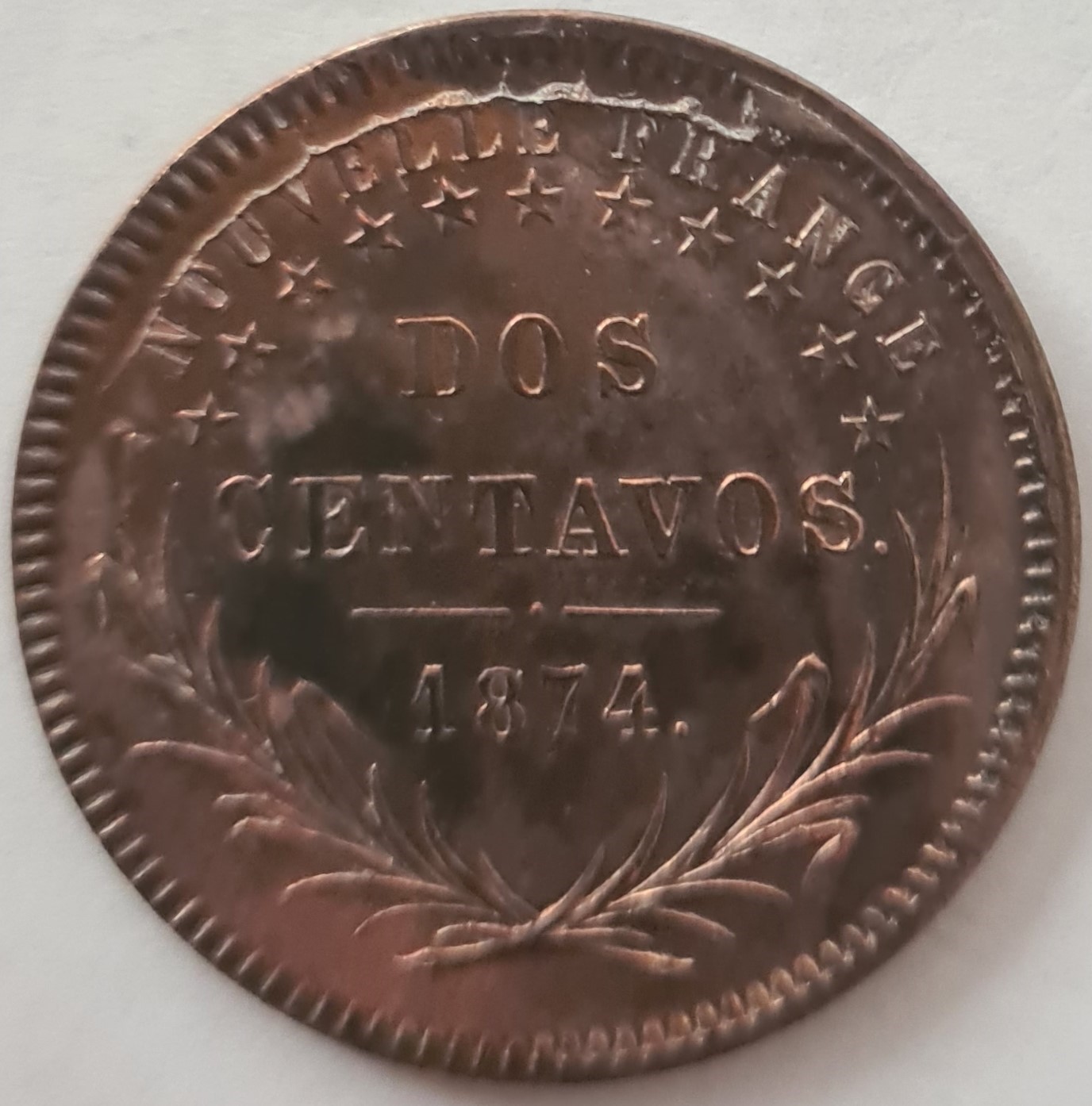
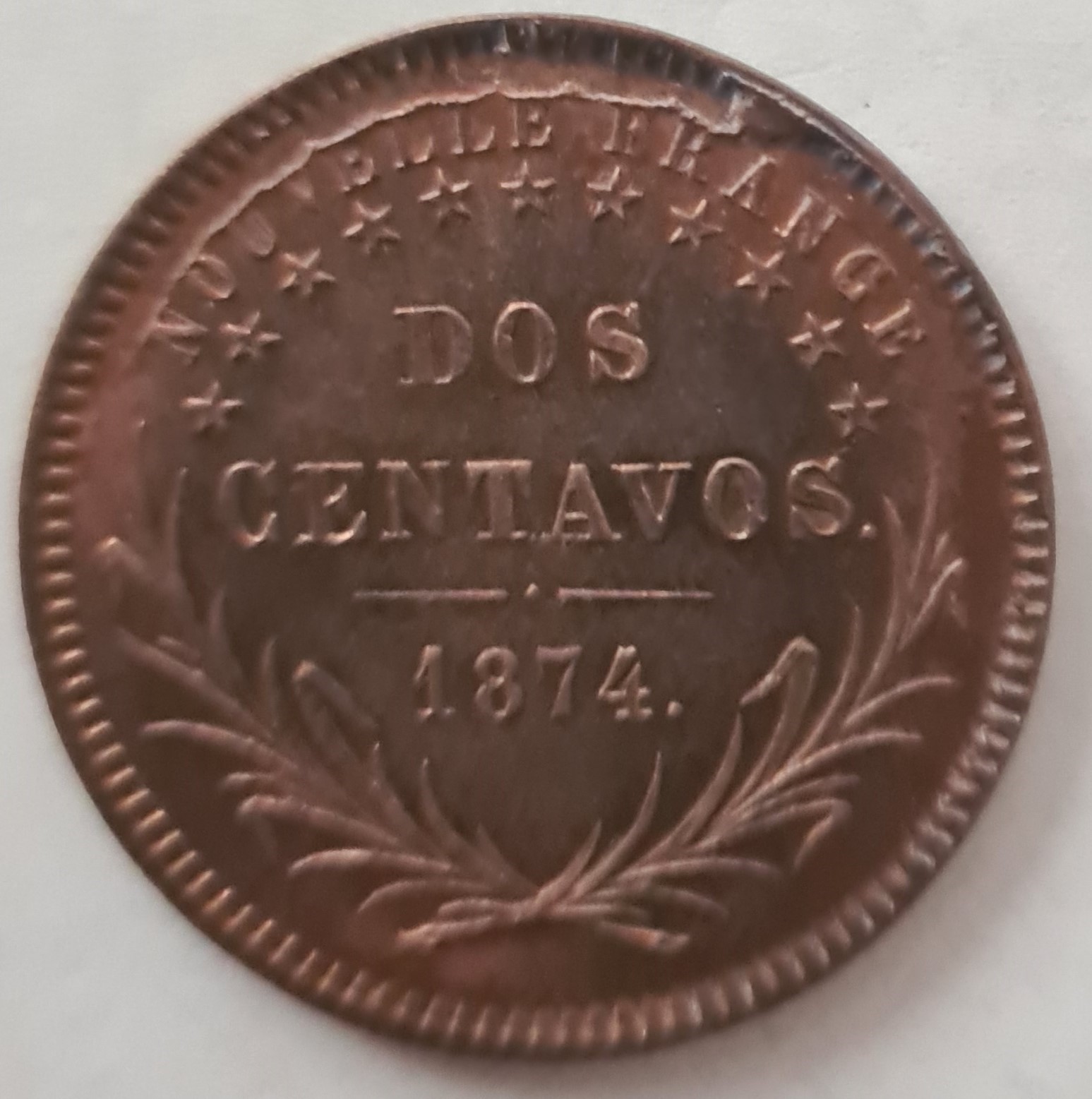
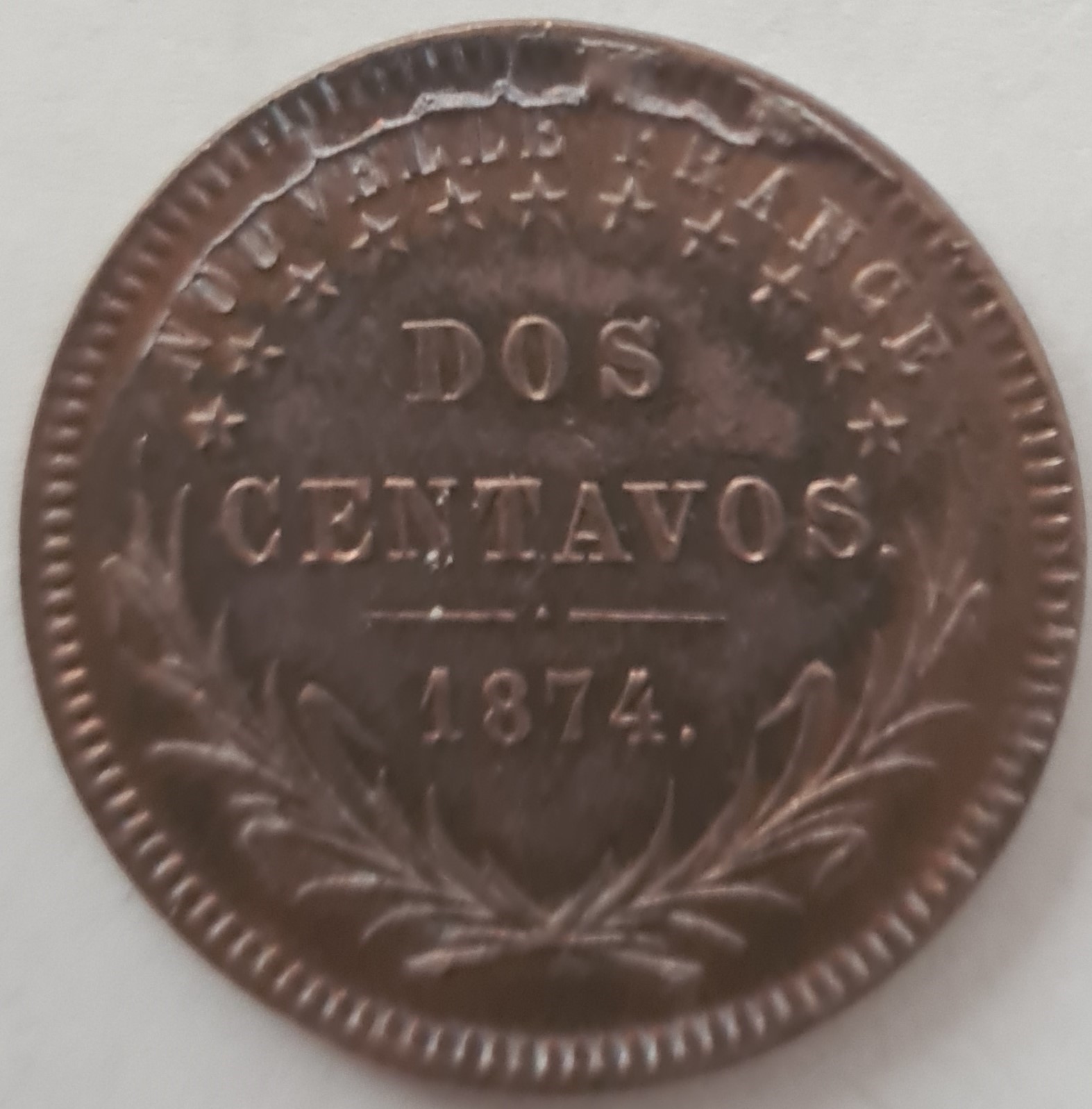
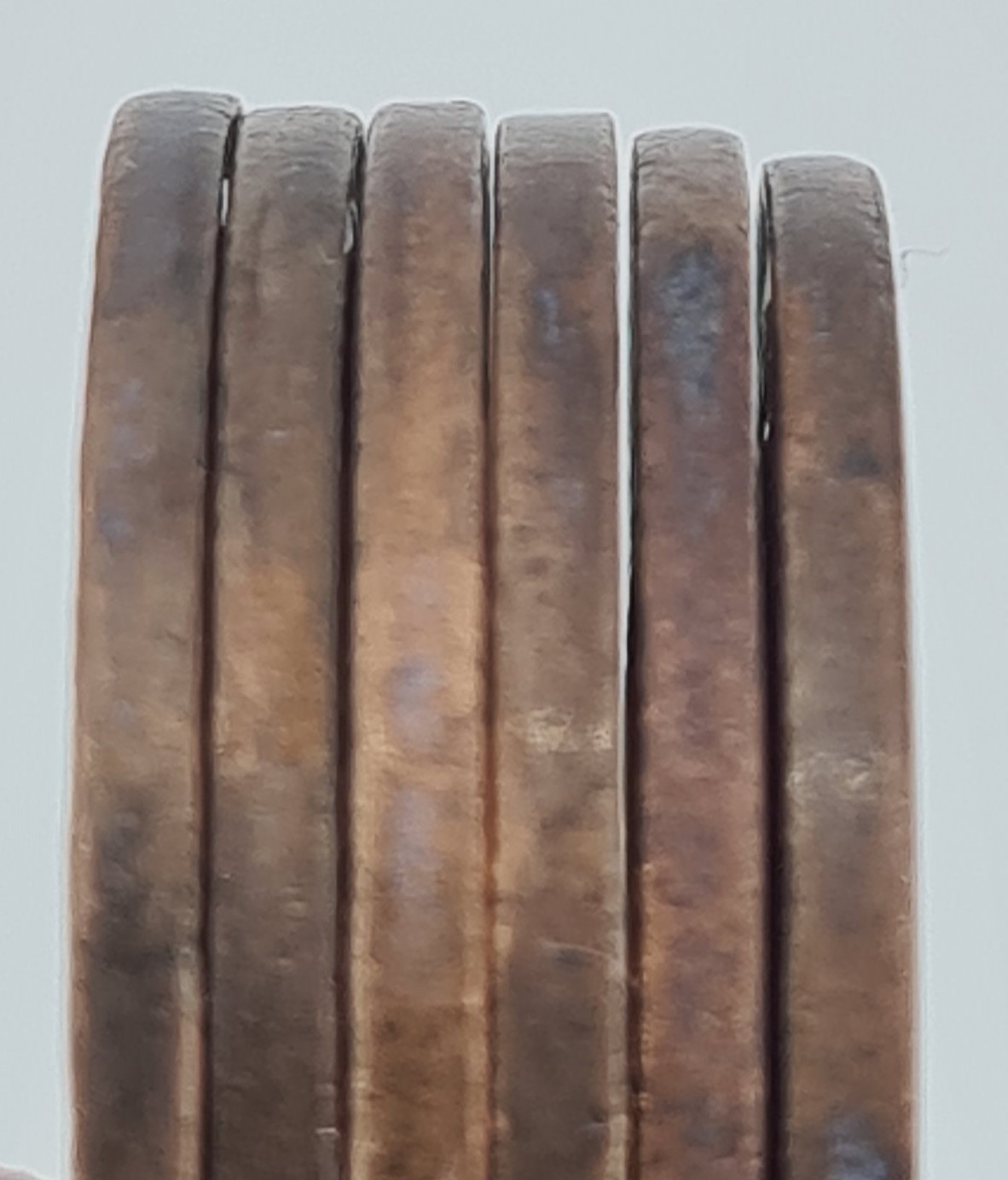
These pieces are not very common, but nevertheless we can find them from time to time in auctions, which makes us think that they were the ones that were taken by Orélie-Antoine to South America and therefore published in 1875 in the Revue Belge de Numismatique.
Much rarer, however, is this second coin with a modified obverse:
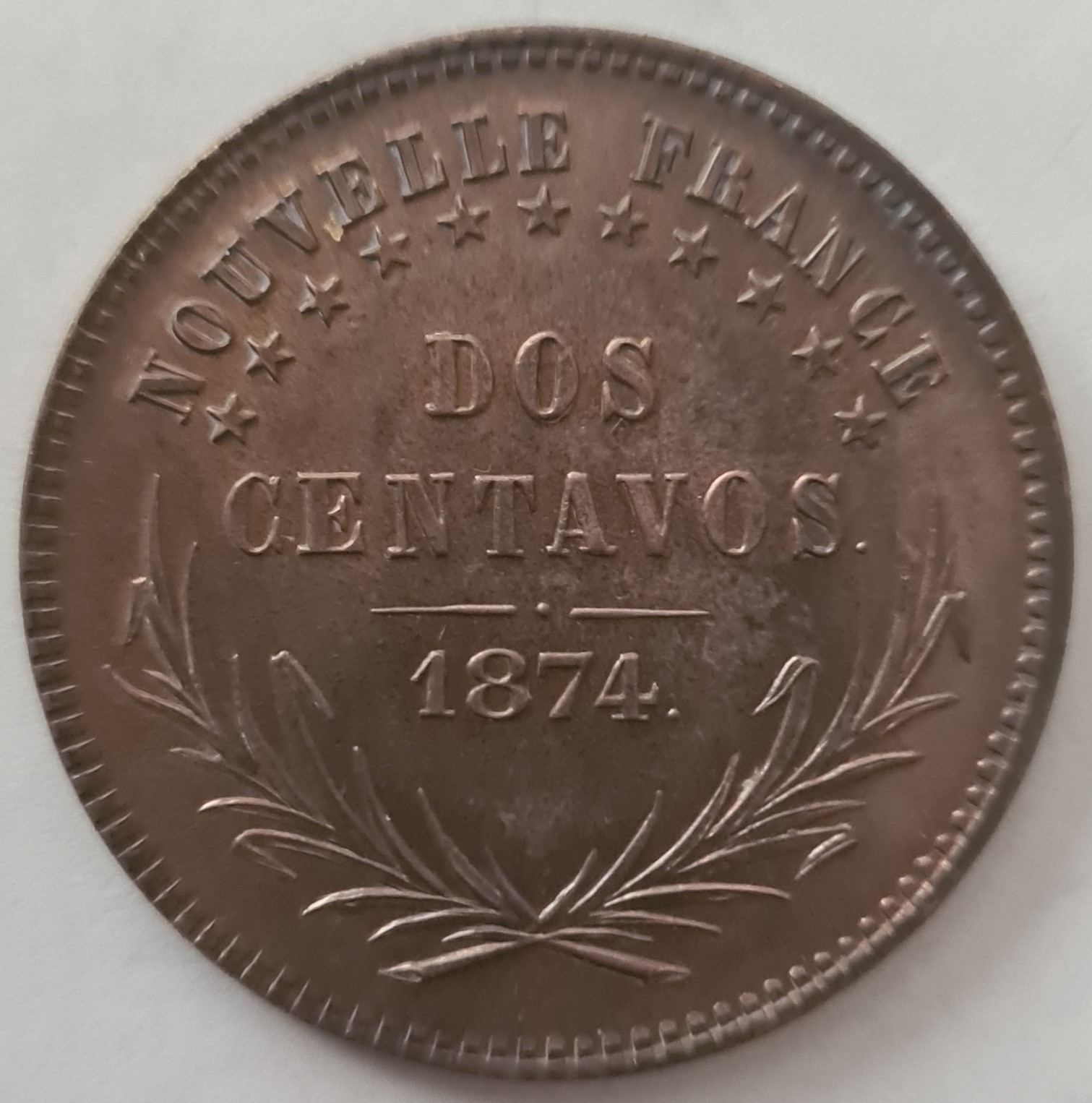
metal: light copper
no point after France
height of the letters of "Nouvelle France": 2.0mm
height of the letters of "CENTAVOS": 2.5mm
diagonal line of the number 4: closed
11 stars aligned with the Nouvelle France inscription
For this coin, thanks to research at the Royal Mint of Belgium, we were able to find confirmation that at least this variant was minted in Brussels.
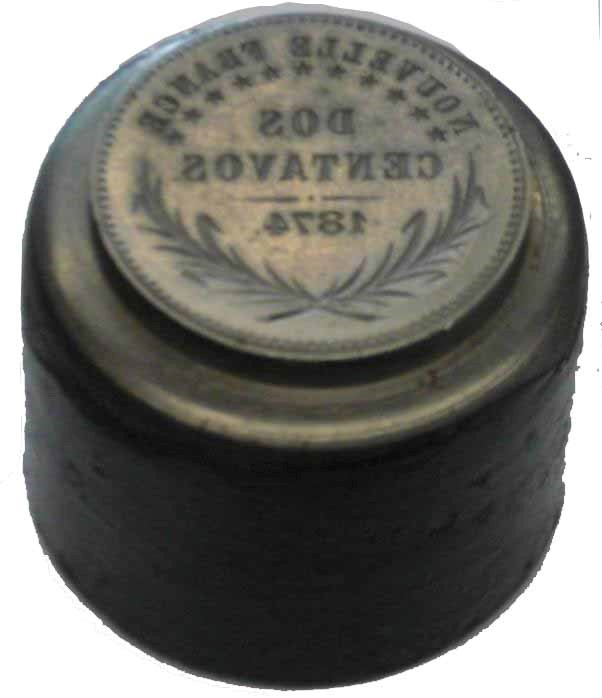
The die which perfectly corresponds to the piece represented is found in the archives of this institute. Probably engraved by Léopold or Charles Wiener who donated their creations to the national bank. The coins were certainly produced in the Charles Würden workshop in Brussels.
There are also 1 Peso and UN Peso coins in copper and silver in normal size and in piedfort with the same obverse, alignment of the stars on the Nouvelle France inscription and closed number 4. These coins appeared curiously at the beginning of the 20th century, which led Professor Nadrowski to say in the Numismatic circular Vol 12 London 1904 that they were probably produced by Berlin speculators, because it was in Berlin that they appeared in the first place.
We rather think that King Achille, who had excellent connections in Brussels, had this die of the Dos Centavos made in Brussels and at the same time had some tests made for the 1 Peso and UN Peso while having kept them for himself.
Which would explain their sudden appearance at the beginning of the 20th century and also their rarity due to the few pieces produced.
They may have been in the estate of Achille I, who died on March 16, 1902, and sold to Berlin merchants.
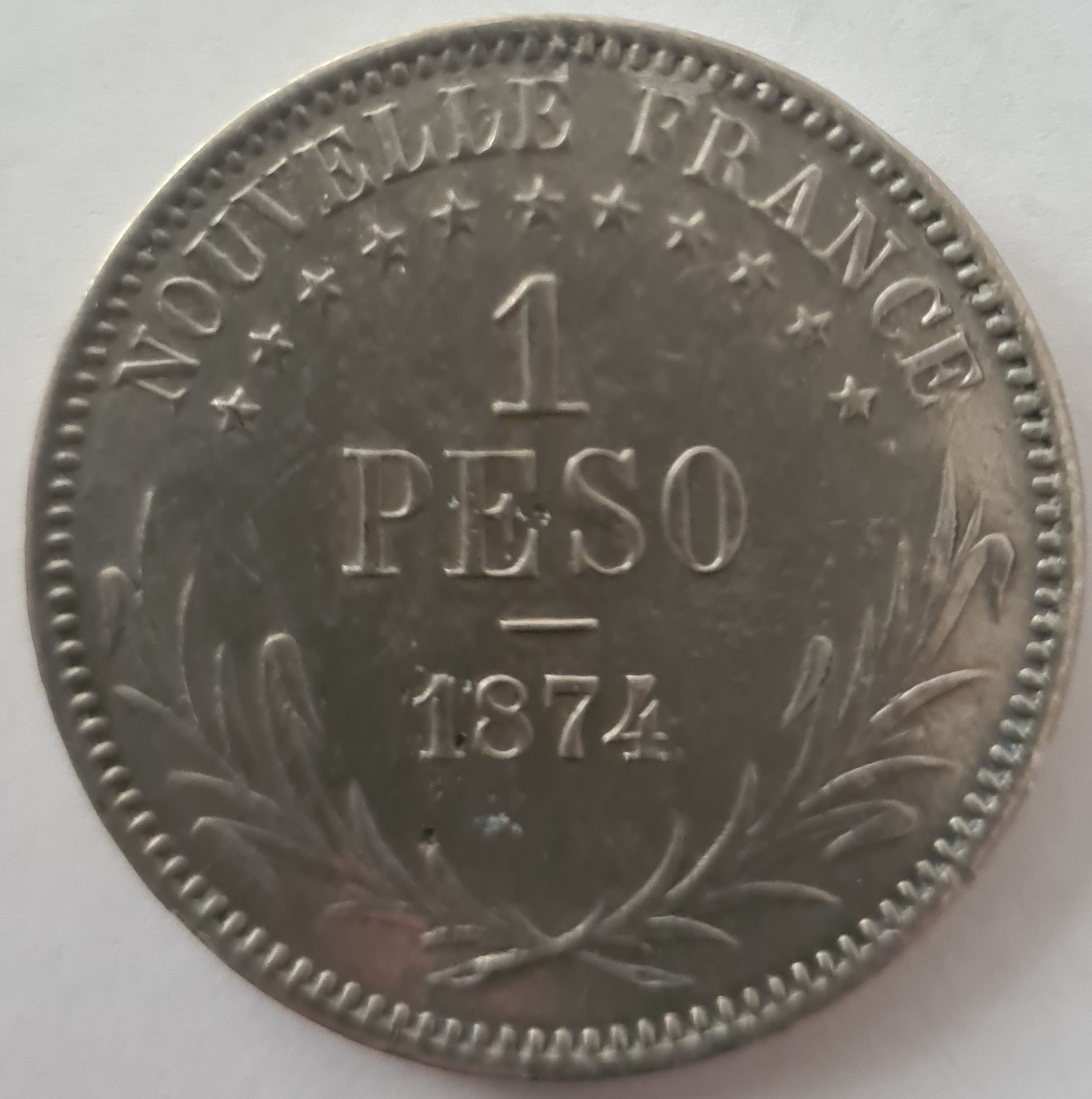
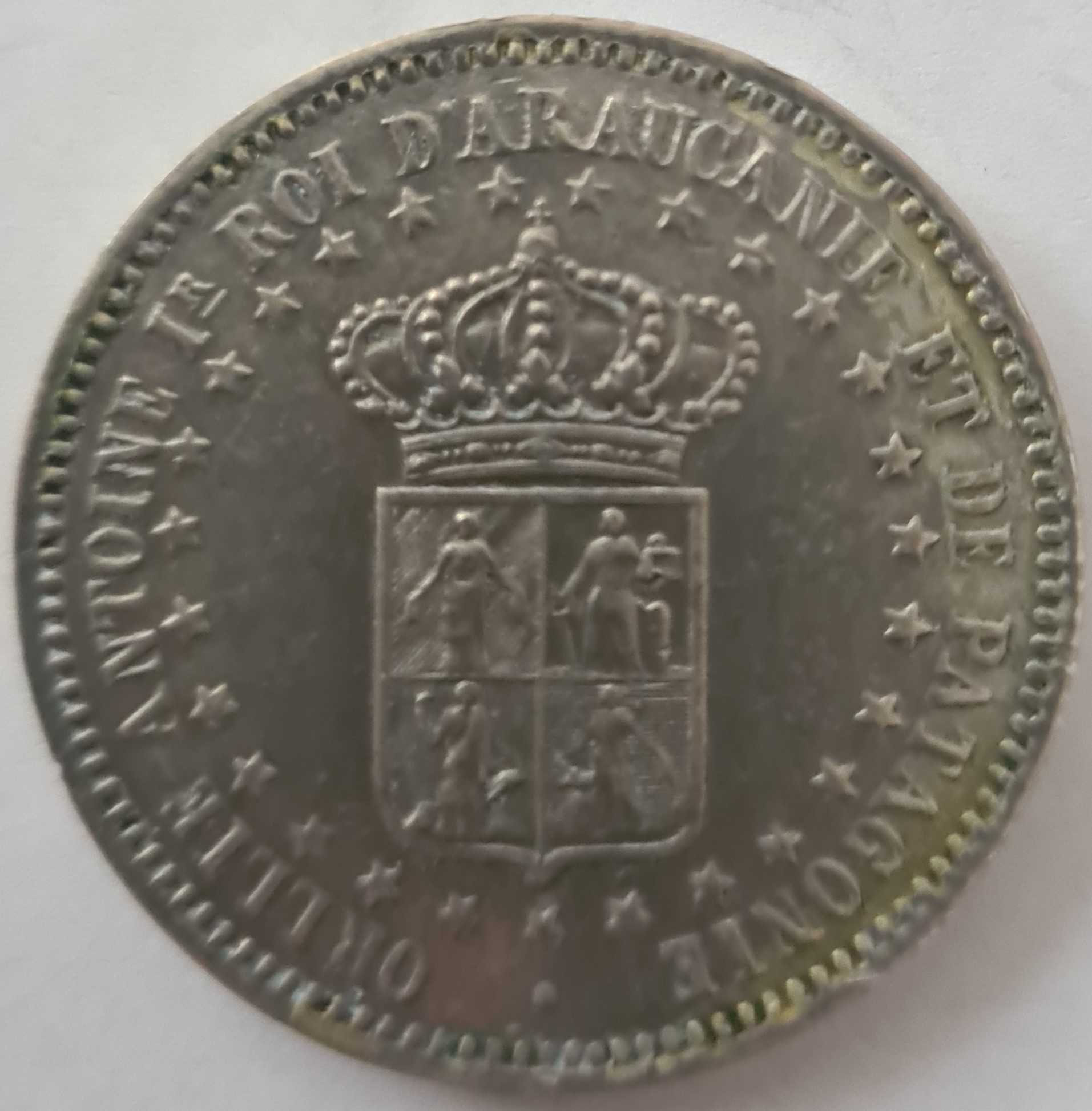
There are many variations, value in numbers, value in letters, copper material, silver material, normal size, piedfort size, small numbers and letters, large numbers and letters, the reverse always being identical.
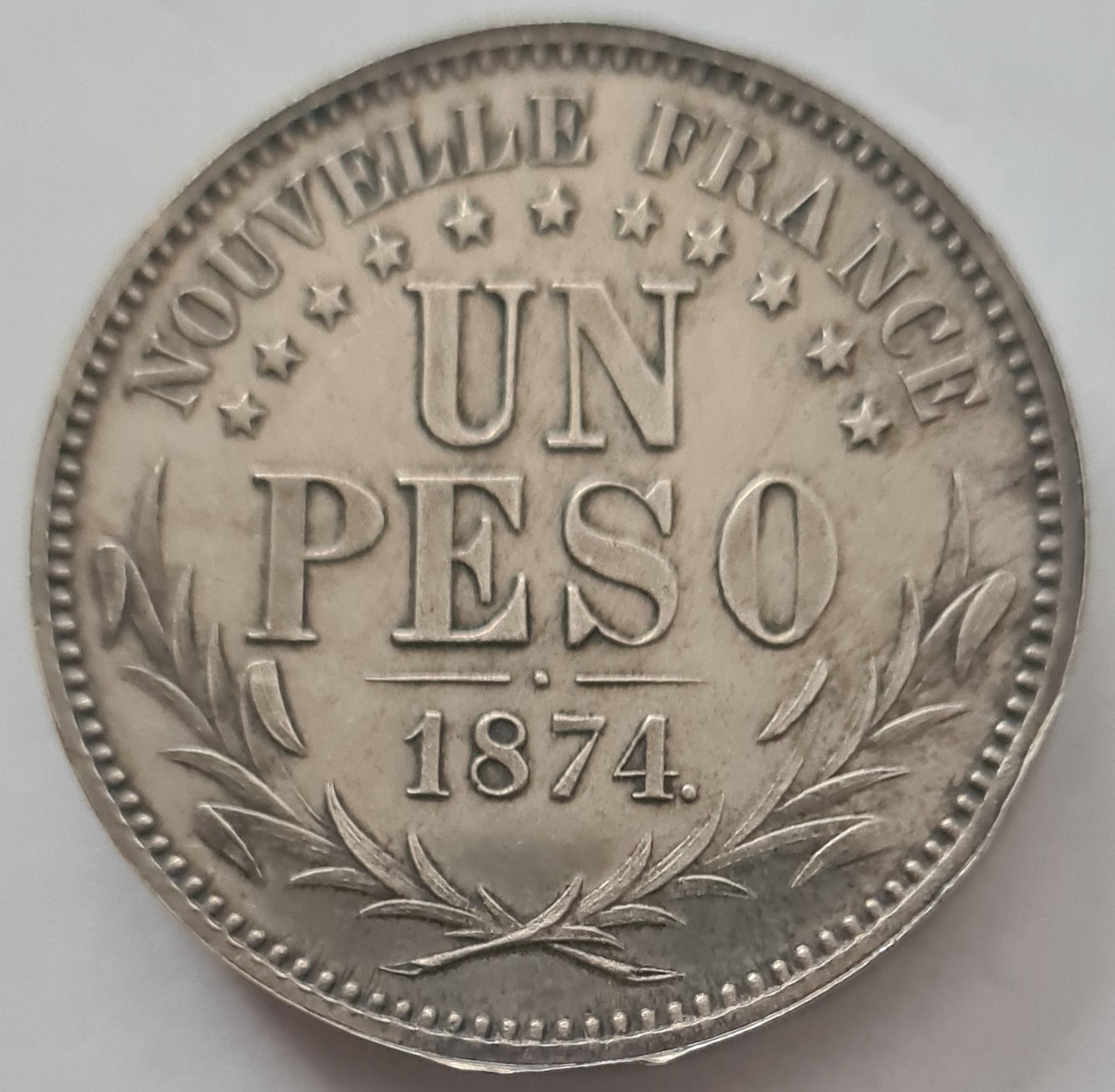
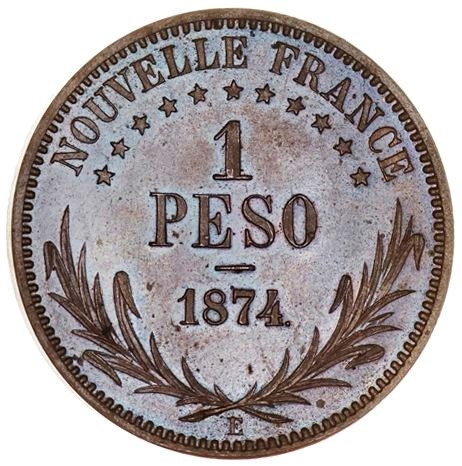
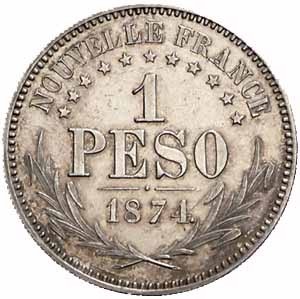
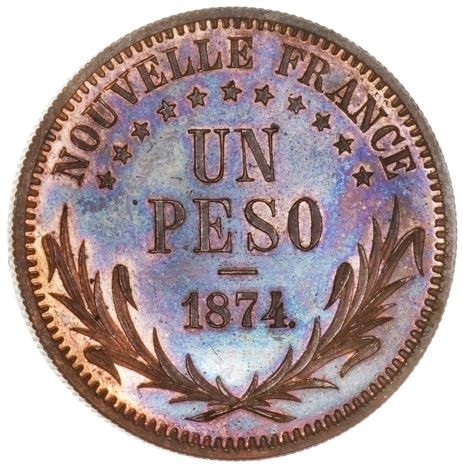
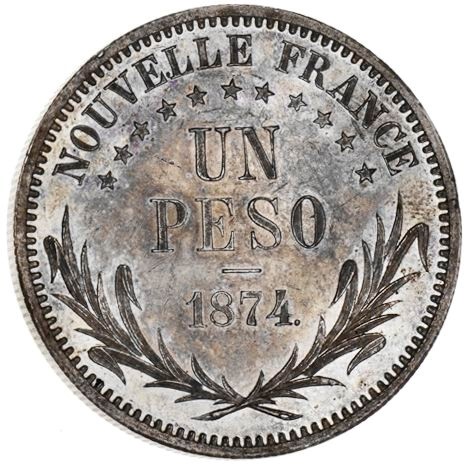
Especially since these are not circulating but collectible currencies.
So Achilles I may have actually done all these tests in Brussels to decide which model to choose and a second die was made in England where the production costs for the series were lower, and the quality accordingly, too.
It is perhaps for this work and its financing that Achille was named Prince of Aucas, Duke of Kialéau by Orélie-Antoine on December 30, 1873.